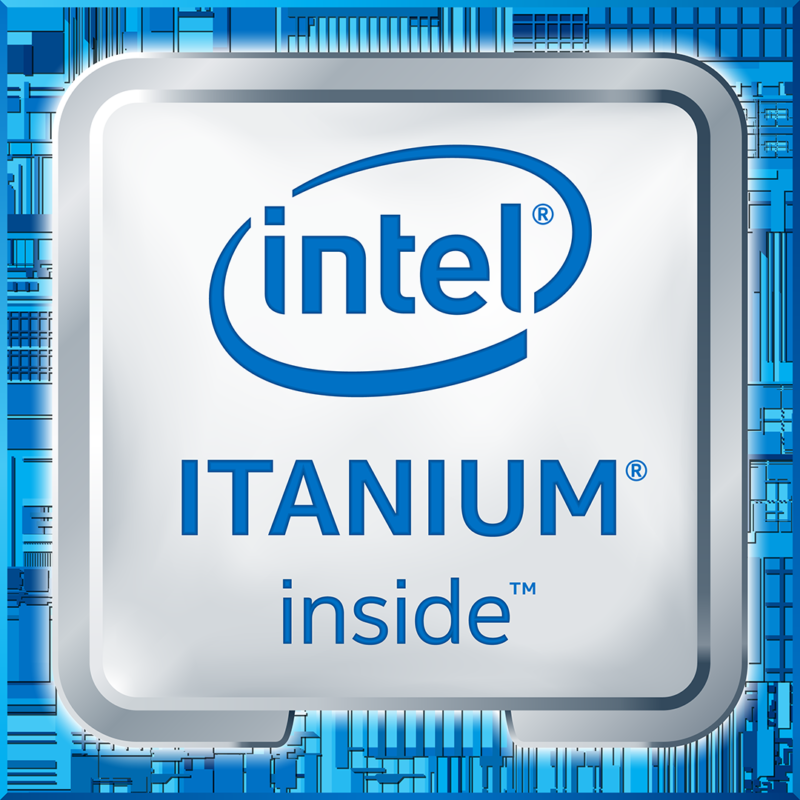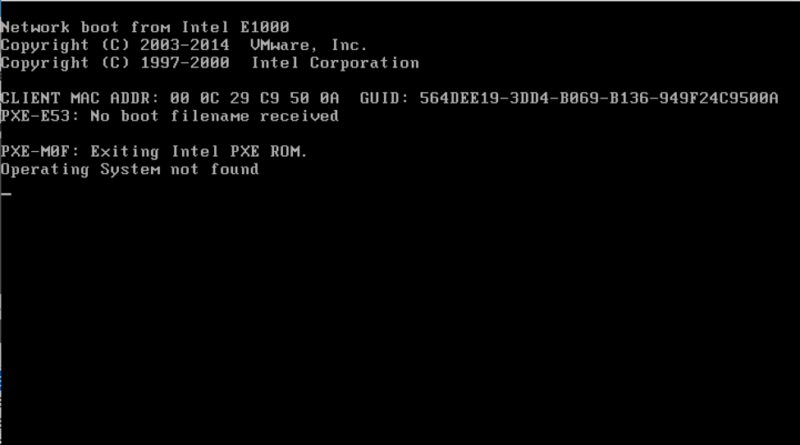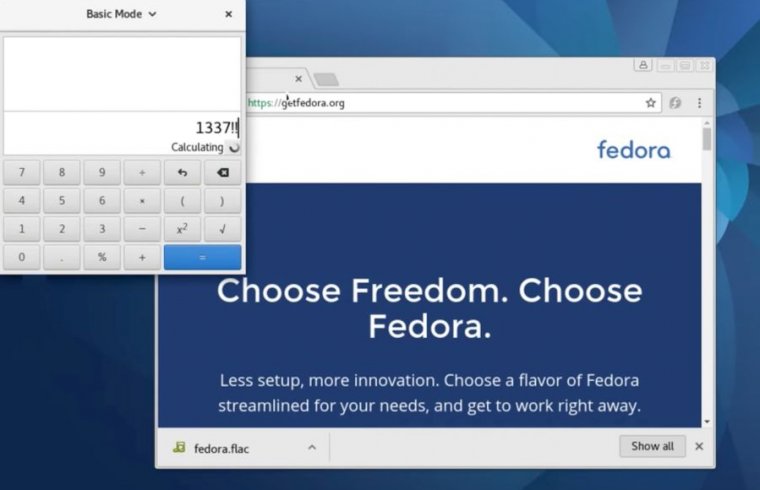Intel’s Itanium CPUs, once a play for 64-bit servers and desktops, are dead

Enlarge (credit: Intel)
Remember Itanium? Intel’s first crack at 64-bit server processors from circa the turn of the millennium? Well, two things: Intel is releasing four new 9700-series Itanium CPUs based on the “Kittson” architecture, and the chips are the last new Itanium processors that the company plans to ship.
An Intel spokesperson confirmed to PC World that this was the end of the line for Itanium, which jibes with an agreement under which HP would pay Intel to continue developing Itanium chips through the end of 2017. Absent some kind of extension to that agreement, it’s unlikely that anyone else is interested in keeping Itanium alive at this point. IT World reports that Hewlett-Packard Enterprise is the only vendor expected to ship servers that use the new CPUs.
Kittson chips offer either four or eight CPU cores manufactured on Intel’s circa-2010 32nm process, the same one used for the very first Core i3, i5, and i7 CPUs. All the Kittson chips support Hyperthreading and ECC DDR3. The quad-core chips sport a 130W TDP, while the octo-core versions have 170W TDPs.
Read 3 remaining paragraphs | Comments

